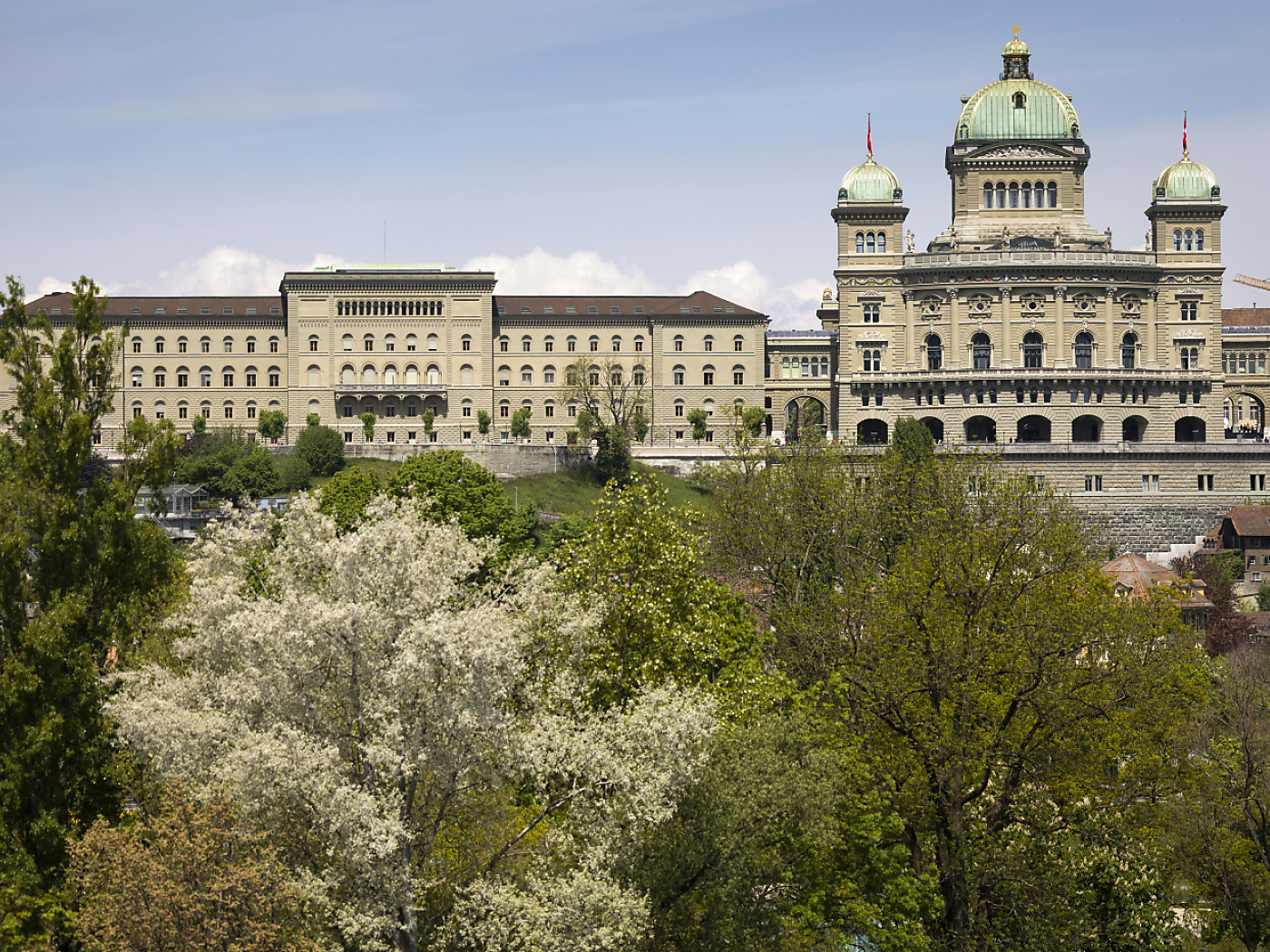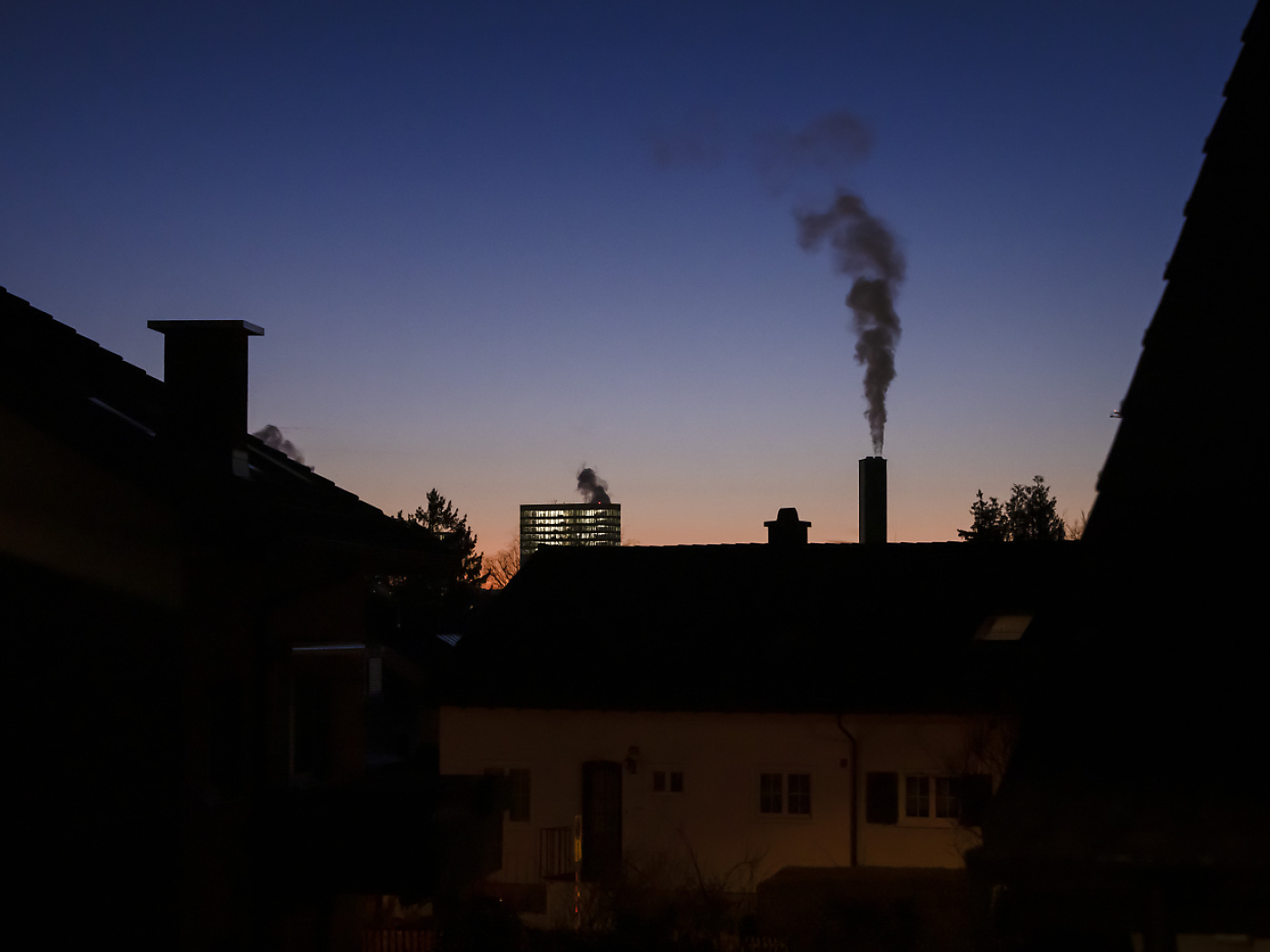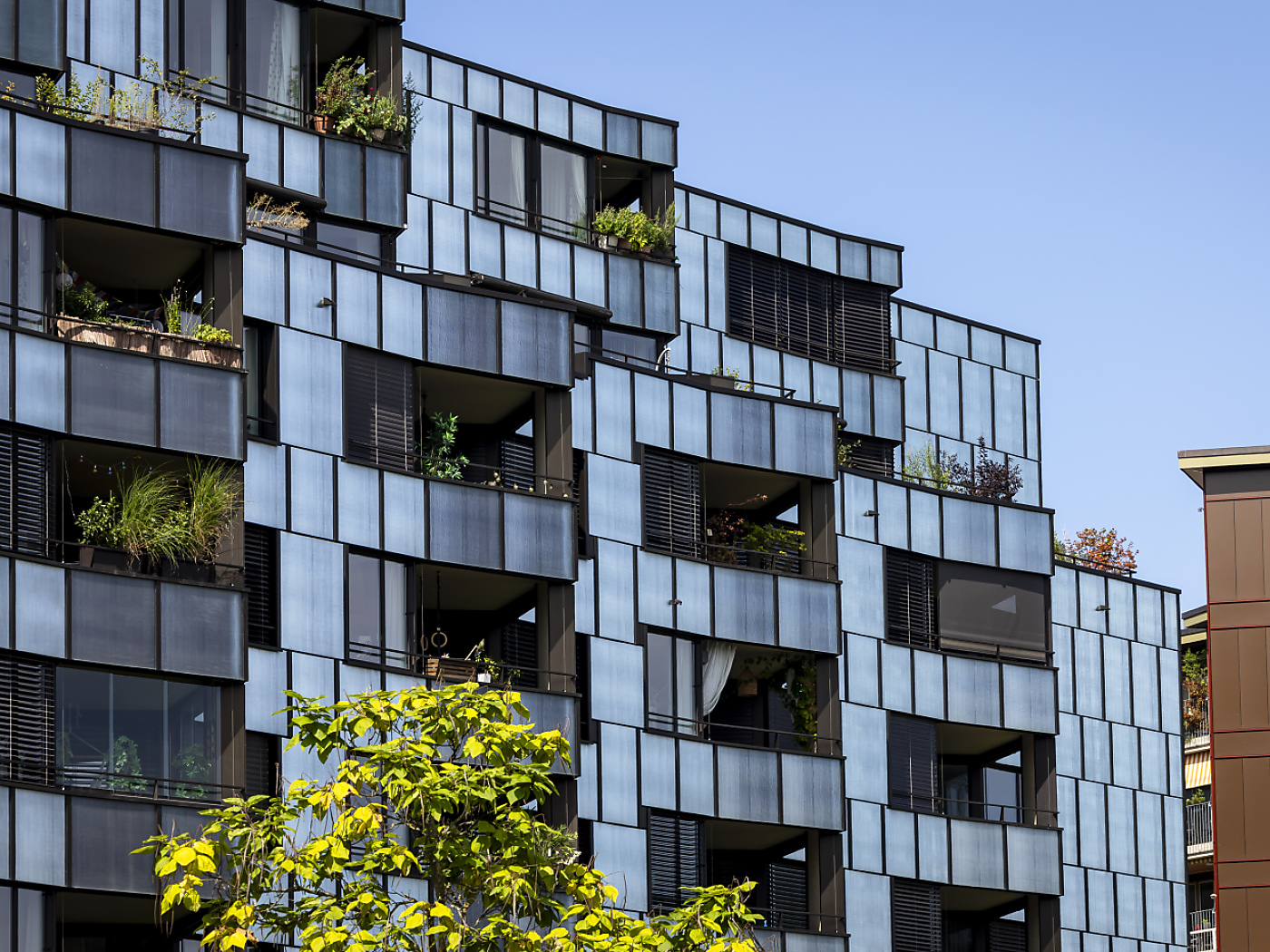Dismantling of Swiss nuclear plant will take 15 years and 300 workers

The dismantling of the Mühleberg nuclear power plant in the canton of Bern is progressing well, but there is still a long way to go before the site can be reused in 2034.
To date, 5,400 tonnes of material have been removed, four years after the plant was shut down in 2019. This represents around a third of all the material that needs to be transported until the plant is completely dismantled, news agency Keystone-ATS learned from operator BKW during a visit to the site.
The first major milestone was reached at the beginning of September with the removal of the last remaining fuel elements, which are now stored in the intermediate storage facility (Zwilag) in Würenlingen, Aargau.
The removal of all the fuel elements was the key phase of the work. Today, Mühleberg no longer presents any nuclear risk,” explains Urs Amherd, Head of Nuclear Strategy at energy company BKW.
The plant took five years to build, from 1967 to 1972. Dismantling will take three times as long. It will involve no fewer than 300 people, or as many as when the power station was still in operation.

More
Switzerland proceeds with historic nuclear shutdown
Strict safety measures are still being observed. To enter the site, one has to wear a protective suit and a dosimeter that measures radioactivity. There are also a number of security checks.
A mammoth task
Every bolt has to be removed, cleaned and measured before it is disposed of. Dismantling is a mammoth task, which also requires a great deal of attention to detail. Crates containing dismantled parts are piled up all over the plant.
The specialists have to sort out the active materials from the contaminated ones. The first category comprises materials rendered radioactive by neutron radiation. This radioactive waste is immersed in a basin filled with water – one metre of water reduces the radiation by a factor of a thousand – before being taken to the storage centre.
Contaminated materials, on the other hand, are not radioactive but have been polluted by contact with liquids or gases containing radioactive particles. This is also radioactive waste, but the treatment and decontamination process is different.
Asbestos and dyes
Dismantling sometimes holds a few surprises in store. Specialists have found more asbestos than expected. Lead-containing dyes scattered throughout the plant also complicated the cleanup work.
“We even had to change our overalls, not because of the radioactivity but because of the toxic chemicals,” explained Urs Amherd. But this was not reason enough to extend the deadlines.
Mühleberg is the first power station in Switzerland to be shut down. The decision was taken in 2013 for economic reasons. “With the current trend in electricity prices, such a decision would certainly no longer be taken today,” says Amherd.
This news story has been written and carefully fact-checked by an external editorial team. At SWI swissinfo.ch we select the most relevant news for an international audience and use automatic translation tools such as DeepL to translate it into English. Providing you with automatically translated news gives us the time to write more in-depth articles. You can find them here.
If you want to know more about how we work, have a look here, and if you have feedback on this news story please write to english@swissinfo.ch.

In compliance with the JTI standards
More: SWI swissinfo.ch certified by the Journalism Trust Initiative


















You can find an overview of ongoing debates with our journalists here . Please join us!
If you want to start a conversation about a topic raised in this article or want to report factual errors, email us at english@swissinfo.ch.